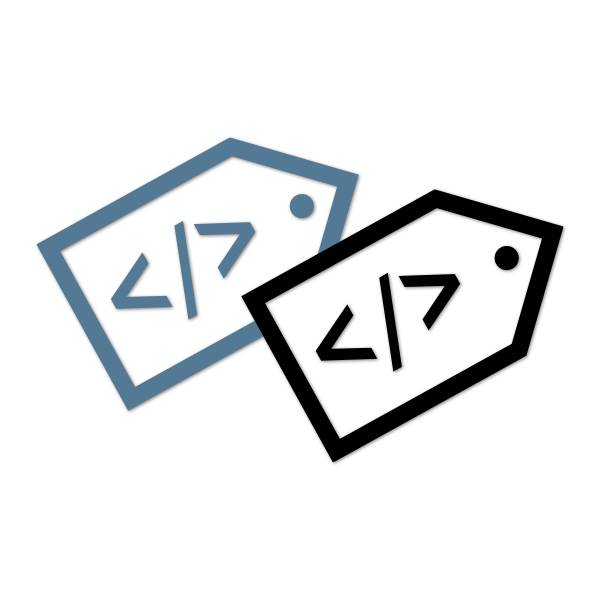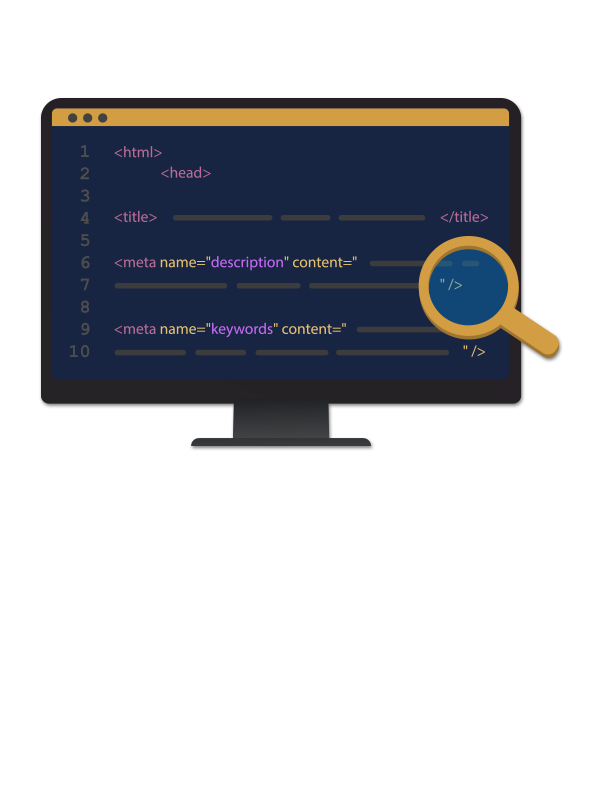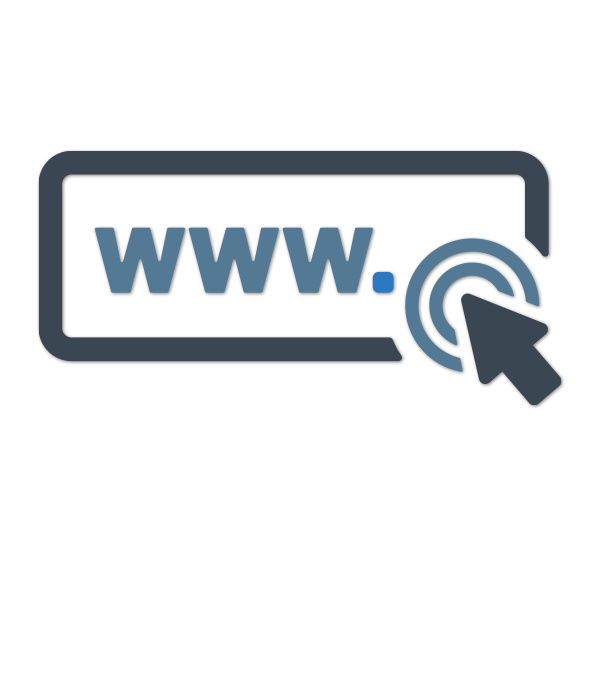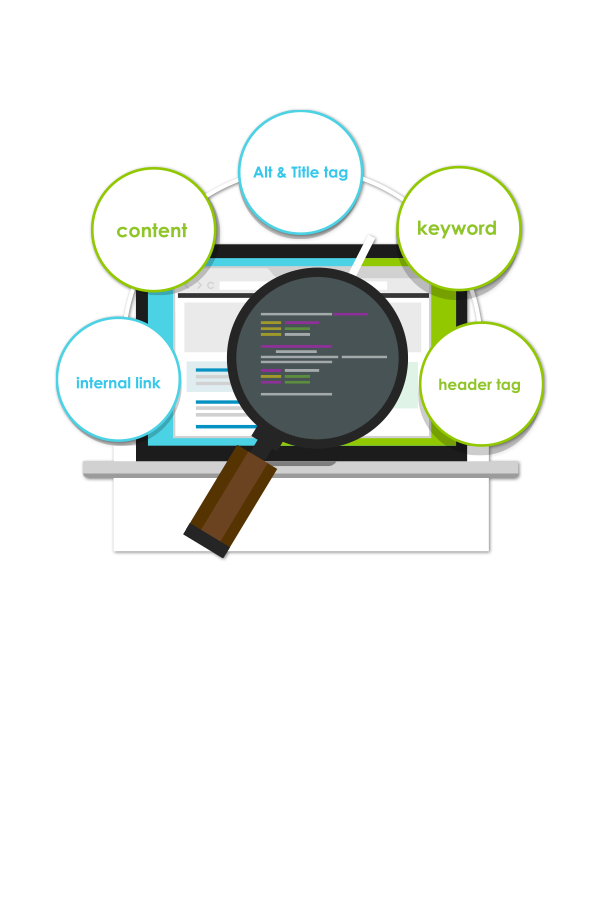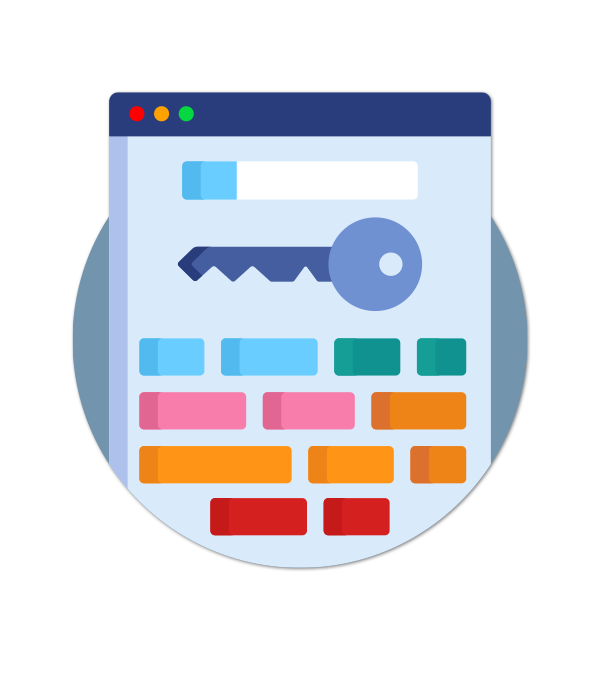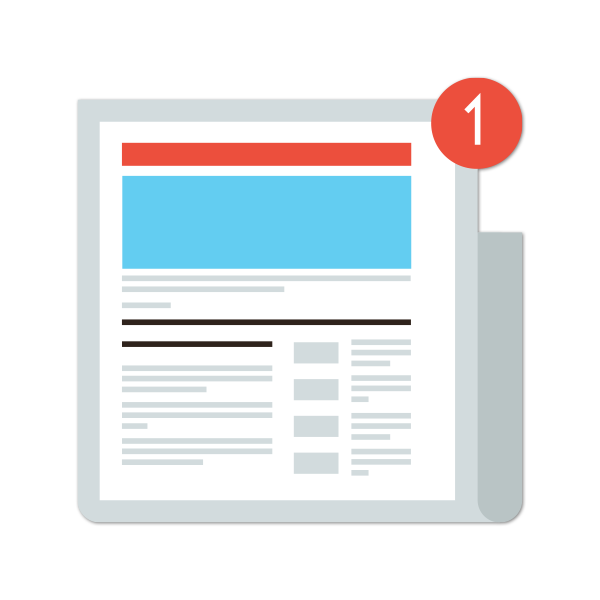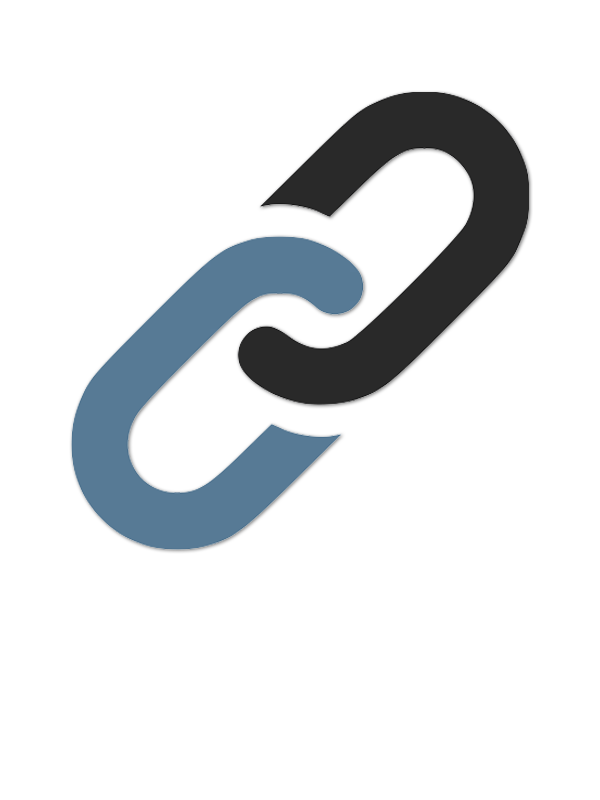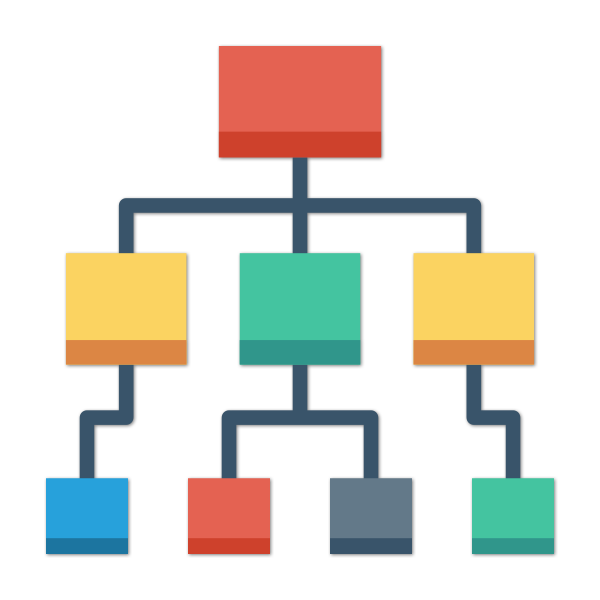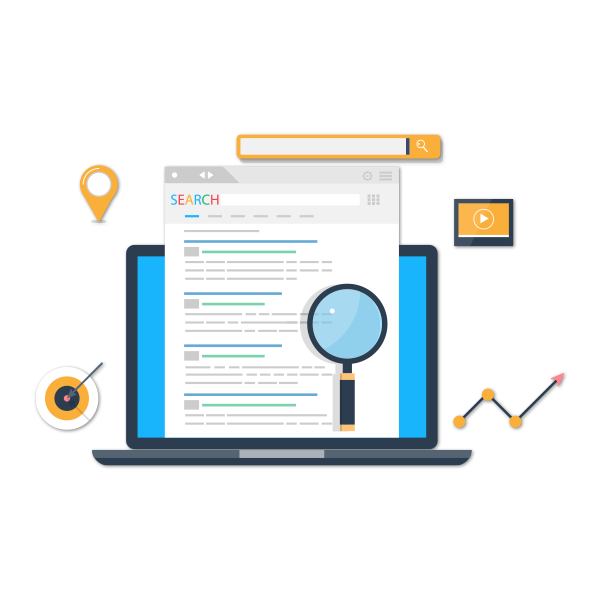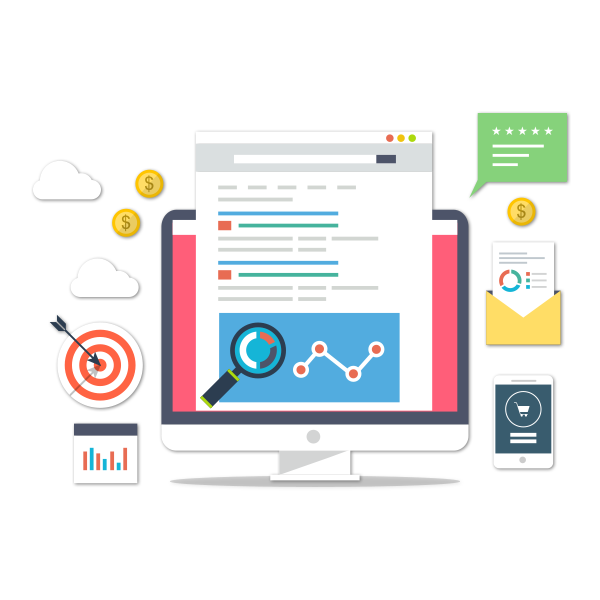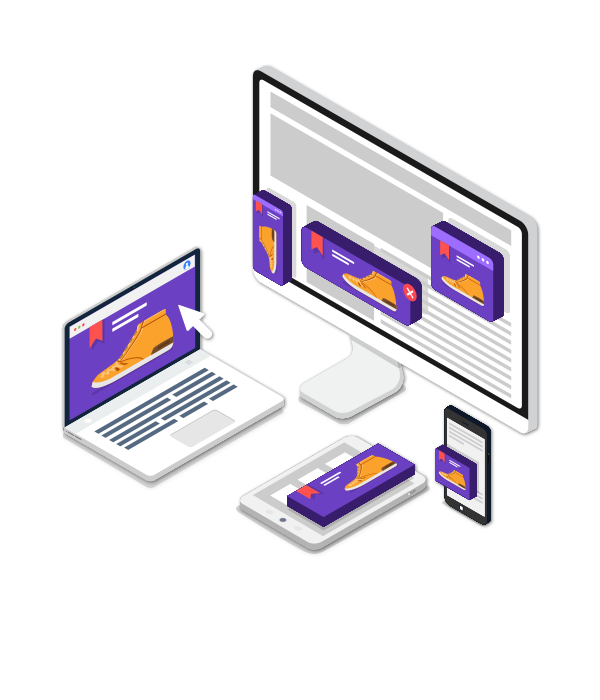SEO/SEM Services
What are the differences between SEO and SEM?
Search Engine Optimization and Search Engine Marketing are methods for boosting your website pages to rank organically (SEO) or via paid search (SEM). Often both are incorporated into a digital strategy marketing plan as a way to increase user engagement. Offering managed search engine optimization and search engine marketing services — noptim offers a few tips for well optimized sites here.
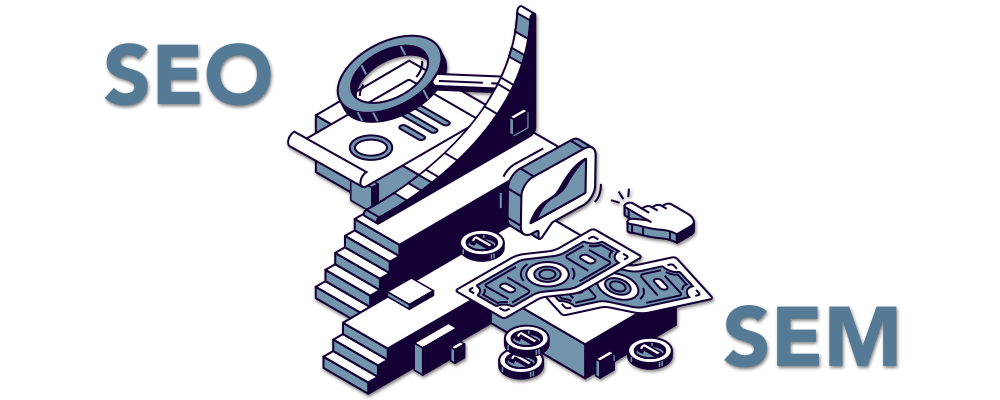
Search Engine Optimization SEO
This is the process of optimizing your website pages to increase your organic placement on search engines like Google and Bing. The process of optimization takes many factors into account — all of which affect the way a search engine crawls your site and the way users engage. Optimizing for both makes the most sense for long term site success. Let’s take a look at contributing factors to a well optimized site.
Keyword Research in SEO
Is the most important overall factor in organic SEO for multiple reasons. Understanding exactly what your page is about and finding the most relevant keyword to describe the page is critical to a well optimized page. Understanding traffic volume and competition for the keyword is also important. These factors play a significant role in future content applications as descriptions are written for engines and users.
Meta Title Tags in SEO
Do not avoid a well thought out meta title tag — start here, do it right, and the rest of the page structure will make sense to both search engines and users alike. Title tags should contain your primary keyword and be less than 60 characters in length. In organic searches the title tag is what will be seen prominently below the page URL and above the description.
Search Engine Optimization | Search Marketing | Noptim
Meta Descriptions in SEO
Second on the list to a well optimized page — at about 150 characters the Meta Description gives users more information on what they will see if they land on your page after clicking. The description is displayed just below the Meta Title and should use the primary page keyword and be descriptive enough to entice a user to click. Remember that a well written Meta Description can help boost your click through rate. See here how a well written description ties together with the keyword rich Metal Title.
Search Engine Optimization | Search Marketing | Noptim
Managed Search Engine Optimization and Search Engine Marketing services by Noptim — a simplified look at some basic principles for a well optimized site.
URL Structure in SEO
Craft your URL correctly and you will provide relevant page information for both user and search engine. We like to craft URL’s by considering how a human would read it and imagining the Meta Title Tag were not present. A long irrelevant URL will only confuse users and hinder the user experience. See here how a well-constructed URL including relevant breadcrumb path may increase a user’s confidence and intent to click.
https://www.noptim.com/services/seo-sem-services
Search Engine Optimization | Search Marketing | Noptim
Managed Search Engine Optimization and Search Engine Marketing services by Noptim — a simplified look at some basic principles for a well optimized site.
You can see — a bit of research and thought on every page can make a big difference in how a user will know exactly what they’ll find if they click on your page. If your content is relevant to your tags, you will have a better chance of ranking well on search engines for the selected keyword.
On Page SEO
Spend a little time browsing the internet and you’re sure to run across a well written Meta Title, Meta Description, and potentially even a great URL. But after you were enticed to click, you find that the page loads slowly, the content is poorly written or difficult to find, and the page does not give you what you came for. This is an example of bad on-page SEO.
Often pages like this are buried farther down in results (unless they truly have no competition) for one reason — the search intent may not have been satisfied when the user landed on the page. Either the user bounced (left the page without clicking anything) or didn't engage and record a session. Both are strong indications that the content provided did not satisfy the user. Search engines are less likely to serve a page that does not deliver what the user is looking for? That would be like taking your kid to the ice cream shop to find they only have broccoli flavored ice cream. Thankfully, there are some good ways you may be able to organically increase user engagements with your pages.
Use Natural Keyword Rich Language
Write to the user first while keeping in mind your intended keywords for organic search results. It is a known fact that internet users are scanners and rarely read thoroughly unless the content triggers their interests immediately or they have been on the page and know exactly what they came for. Think about the way you use the internet — do you land on a page and read it completely from upper left to lower right, or quickly scan and scroll until you find the content you came for?
Use browsing habits to your advantage in your page content structure to engage your users. Well written content that is easy to read with bold headlines helps the user find what they need quickly.
Header Tags in SEO
In order for users and search engines to know what to expect on a page, header tags should make sense to the reader and include the page’s primary keyword. If your user understands your Header (H1 tag) then it is likely a search engine will as well. Your H1 should be the largest text on your page — in an eye-catching location and visually appealing. Make sure when a visitor lands on the page their eyes are drawn to your Header first.
Internal Linking in SEO
An internal link is a hyper link from one page to another within your website where relevant and natural transitions makes sense to both reader and search engine alike. noptim specializes in this kind of content writing for better user experience and organic search results. It likely makes sense that a user reading this page would also want to view our content writing page to learn more. Not only does this offer a reader more information related to what they came for — it keeps them engaged and helps search engines find relevant pages on a site. Creating a web of internal links makes larger sites more accessible by naturally directing and engaging your users.
Sitemaps in SEO
A sitemap is a list of all the accessible pages on your website. Two versions should be available — HTML for the site user and XML for search engine crawlers. Place a link to your HTML sitemap version at the bottom of your website so users can find pages easily rather than navigating your site naturally. Needed for indexing — the XML sitemap will help Google crawl the important pages on a website and increase the chance of pages being indexed quickly. Though internal linking will help search engines connect the dots — an XML sitemap gives them a road map to the site structure.
Search Engine Marketing
This is a form of internet marketing that can be used to direct traffic to a website via paid search. Paid ads are offered by search engines as a way to increase their visibility on the search engine’s results page. Advertisers bid on words and phrases that are relevant to products and services in order to drive traffic to their site. A fee is charged each time a user clicks on the paid ad that is displayed — usually in one of the top three locations on the search engine results page (SERP).
Common Search Platforms
Google Ads is clearly the most highly used platform, followed by Microsoft’s Bing and Yahoo. Each has its own benefits and it is important to thoroughly understand each prior to creating a campaign. Understanding your target market and user may have an impact on selecting the most beneficial platform to achieve your goals.
Determine Search Marketing Goals
Goals should be clearly defined prior to establishing a paid ad account. Though likely to change throughout the course of a campaign, beginning with a sense of target markets and user demographics may help with reducing wasted ad spend. As in SEO, relevant keywords and keyword phrases are very important in paid search. Creating a list of keywords with search volume and competition is always helpful when establishing budgets and bidding strategies.
Buy Now
The importance of making a compelling case for your product or service should not be overlooked. Every ad should be thoroughly thought through with product, keyword, and user intent in mind. Ask yourself — what do I want to happen if a user lands on this page? Build your ads around that defined conversion goal and continue to test until the goal is achieved. Remember — you may know how great your product is — but convincing a visitor is a process that may require multiple rounds of changes at the ad and site structure level.
Capture and Remarket
It is highly unlikely a visitor will buy the first time they land on your site from paid search. Don’t let that stop you — every time a visitor comes to a site via paid or organic search there is potential for remarketing. Learning from paid or organic driven traffic is important to enacting future site changes. To help complete the conversion, you want to understand the demographics of who is interested in the product and how they interacted with a page. This can allow you to remarket and make sure your company is placed in front of them again as they browse the internet on other sites. First touch is just the beginning of a relationship building process that will hopefully last a lifetime.
Choosing a SEO or SEM firm to put your trust in can be challenging. It’s important to make sure they understand the process and have a plan in place to make the necessary changes. As the internet continues to grow in users and online shoppers, there is no doubt any company expecting to survive will need to continue to develop their site. Incremental changes can cumulate into long term goals being met — and noptim is ready and able to help you get there.


